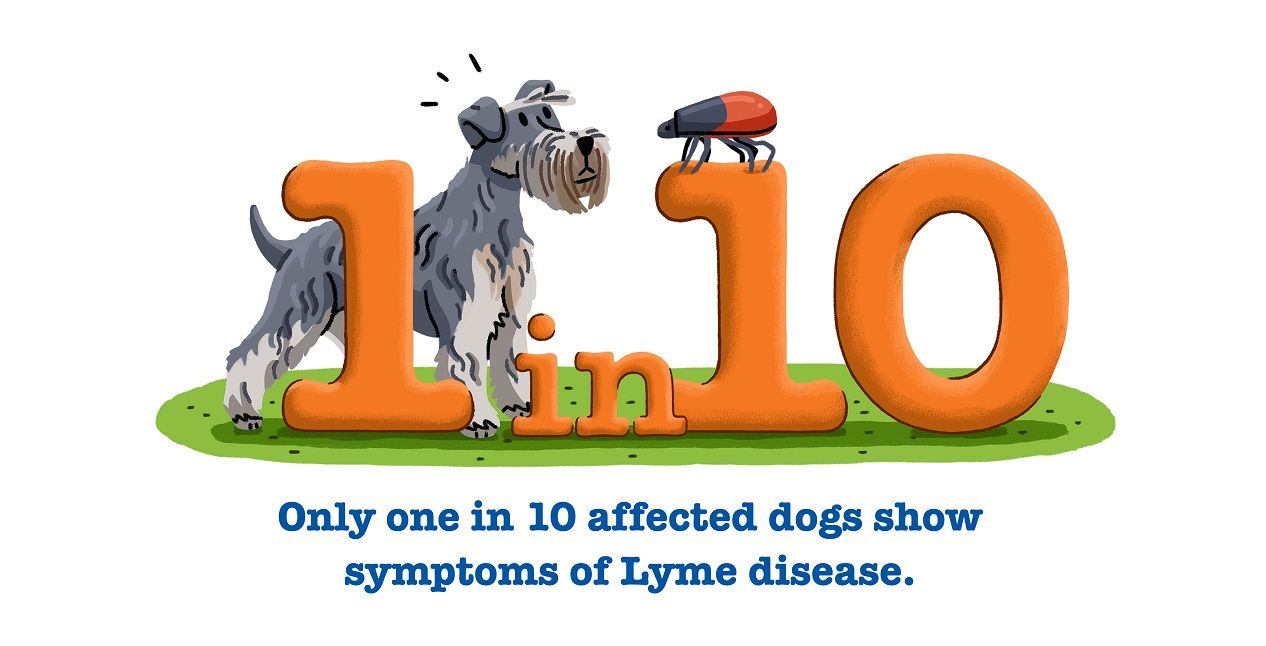While you and your dog are both sure to welcome the warmer weather (and longer walks!) this time of year can bring added safety and health concerns. We’ve rounded up the facts, and asked Petplan vet Brian Faulkner to share his tips for keeping your pet well throughout the season.

Microchipping matters
As the season warms up, your daily walks with your dog are likely to venture further afield, which can have great benefits for your pet’s mental and physical fitness. But more outdoor time during spring is not without its risks: even a dog that normally has a very good recall could get lost if he takes off after a deer or rabbit. With this in mind, are you 100% confident that the contact details linked to your pet’s microchip are up to date? Head to check-a-chip.co.uk to find out which database holds your information and how you can manage your details. This is especially important if you’re going on holiday with your pet, so always make sure you include a mobile phone number.

Boosters for health
At this time of year, your pet is likely to come into contact with the many other dogs that are also out enjoying the longer days and sunshine. While this is good news for his sociability training, unfortunately it can also increase his chances of catching a contagious disease such as parvovirus and upper respiratory viruses. And, even if your pet is confined to your house and garden, he can still be at risk from catching a disease such as leptospirosis, which can be picked up from lapping water from puddles. To ensure he doesn’t catch any of these conditions in the first place, play it safe and keep your pet’s vaccination boosters up to date.

Prevent pesky parasites
Spring isn’t the only thing to have sprung: so have fleas and ticks! These parasites emerge during warmer weather and, as your dog will be heading outdoors for longer stretches, he’ll be at a higher risk of encountering them – especially in long grass. While both fleas and ticks can cause severe itching and discomfort, ticks can also spread conditions such as Lyme disease (a bacterial infection that can result in lameness, a high temperature and kidney problems). Spot-on treatments are a good way to keep your dog protected all year long. Speak to your vet to find the best products for your pet.

Prevent snail tales
When slugs and snails come to life in the spring they can bring with them lungworms. These parasites can infect a dog’s heart, lungs and blood vessels, and can cause breathing difficulties, coughing (especially bringing up blood), vomiting, and diarrhoea. Your dog can get lungworm if he eats an infected slug or snail, or even licks grass that has a slime trail on it. Make sure that the worming product you’re using protects against lungworm too and, if you’re unsure, ask your vet for their recommendation.

Going green
With gardening in full swing at this time of year, it’s worth paying special attention to poisonous plants. Flowering plants such as rhododendrons, daffodils, geraniums and azaleas, are highly toxic to pets and can cause adverse reactions, especially in older dogs. If you’re in doubt, take a look at Dogs Trust’s comprehensive list of what to avoid. Also keep in mind that lawn fertilisers, insecticides and herbicides could contain ingredients that are dangerous if your dog ingests them. Dogs also find slug pellets particularly tasty, but they are lethal if ingested. Try to opt for ‘green’ or pet-friendly versions of these products wherever possible.